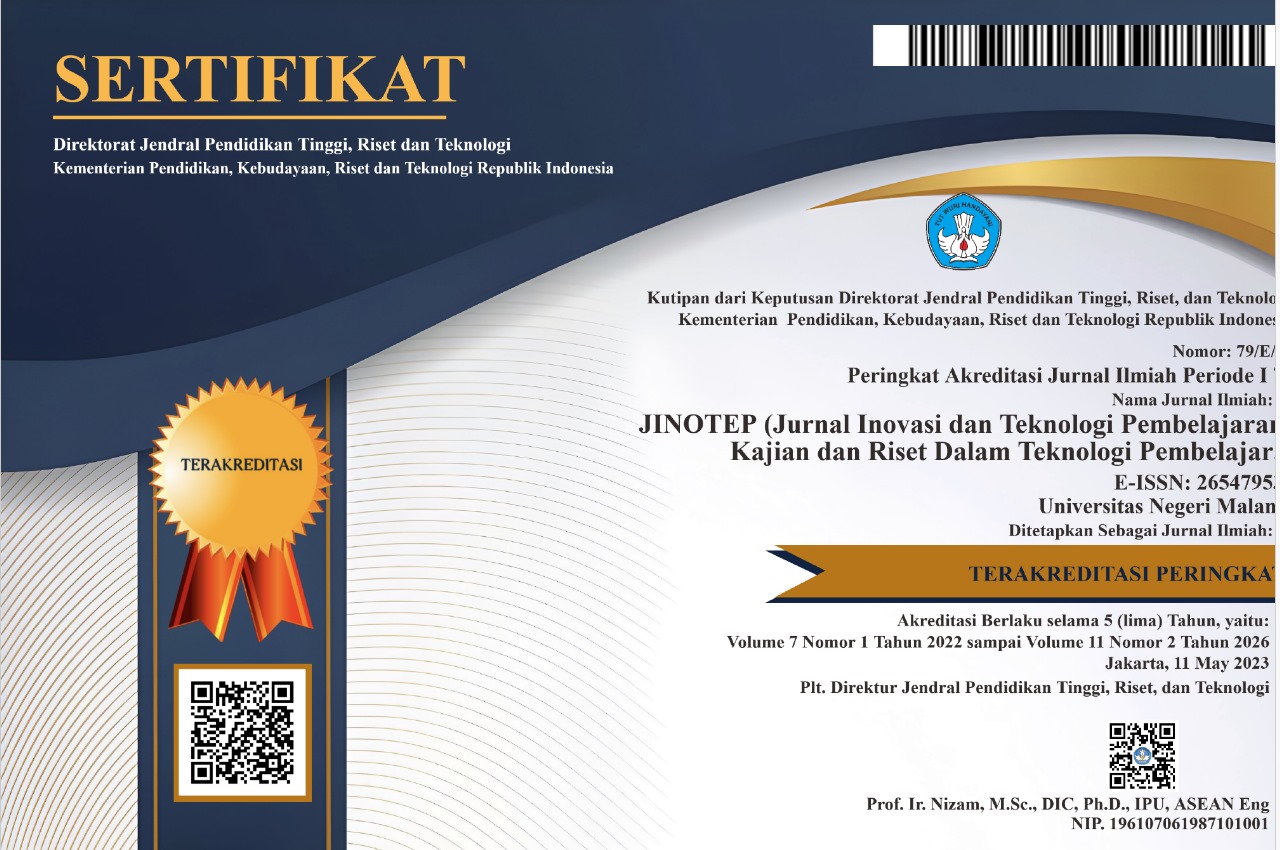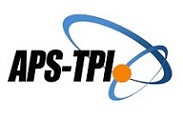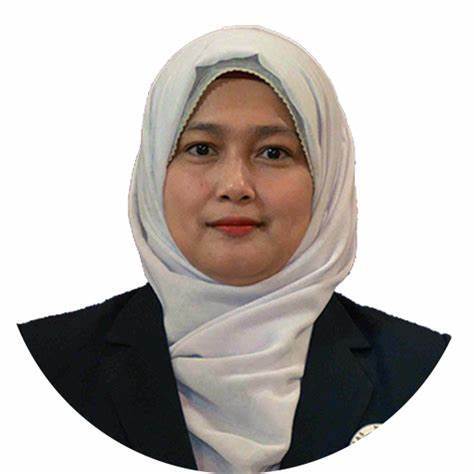The influence of relevance and computer self-efficacy on students’ behavioral intention in using the digital library
Abstract
Abstrak: Penelitian ini bertujuan menganalisis penerimaan atau penolakan pengguna terhadap digital library dan mengidentifikasi faktor yang mempengaruhi niat mahasiswa dalam menggunakan digital library. Penelitian dilakukan pada mahasiswa Jurusan Pendidikan Ekonomi Angkatan 2019 dengan jumlah sampel 140 dari jumlah populasi 218 mahasiswa yang ditentukan menggunakan table krejcie dengan taraf signifikasi 0,05. Teknik analisis data yang digunakan dalam penelitian ini yaitu Structural Equation Modeling-Generalized Structured Component Analysis (SEM-GSCA) dengan menggunakan aplikasi GSCA pro. Hasil penelitian ini menunjukkan bahwa relevance memiliki pengaruh positif signifikan terhadap perceived usefulness digital library unesa. Computer self-efficacy berpengaruh positif signifikan terhadap perceived ease of use. Perceived usefulness dan perceived ease of use berpengaruh positif signifikan terhadap behavioral intention. Penelitian ini dapat memberikan wawasan terhadap pengelola sistem digital library agar menyediakan sistem yang memiliki perceived ease of use dan perceived usefulness karena 2 faktor tersebut sangat mempengaruhi niat mahasiswa dalam menggunakan digital library.
Abstract: This study aims to analyze user acceptance or rejection of digital libraries and identify factors influencing students' intentions to use digital libraries. This study involved 140 students out of a population of 218 students from the 2019 Economics Department. The determination of the sample used the krejcie table with a significance level of 0.05. Data were analyzed using Structural Equation Modeling-Generalized Structured Component Analysis (SEM-GSCA) with the help of the GSCA pro application. The results of this study indicate that relevance has a significant positive effect on the perceived usefulness of the digital library of Surabaya State University. Computer self-efficacy has a significant positive effect on perceived ease of use. Perceived usefulness and perceived ease of use have a significant positive effect on behavioral intention. This study provides insight into digital library system managers in order to provide a system that has perceived ease of use and perceived usefulness, as these two factors greatly influence students' intentions to use the digital library.
Keywords
Full Text:
PDFReferences
Adu, I. N., Boakye, K. O., Suleman, A.-R., & Bingab, B. B. B. (2020). Exploring the factors that mediate the relationship between entrepreneurial education and entrepreneurial intentions among undergraduate students in Ghana. Asia Pacific Journal of Innovation and Entrepreneurship, 14(2), 215–228. https://doi.org/10.1108/apjie-07-2019-0052
Ali, R., Bashir, F., & Ahmad, R. (2021). Imprints of lower socioeconomic class in english speaking anxieties and academic performance of rural and urban students. IRASD Journal of Economics, 3(3), 412–425. https://doi.org/10.52131/joe.2021.0303.0055
Bao, Y., Xiong, T., Hu, Z., & Kibelloh, M. (2013). Exploring Gender Differences on General and Specific Computer Self-Efficacy in Mobile Learning Adoption. 49, 111–132.
Chang, Chen, J.-F., Kao, C.-W., & Huang, Y.-M. (2016). Integrating ISSM into TAM to enhance digital library services: A case study of the Taiwan digital meta-library. Electronic Library, 34(1), 58–73. https://doi.org/10.1108/EL-01-2014-0016
Chang, S., & Tung, F. (2008). An empirical investigation of students’ behavioural intentions to use the online learning course websites. British Journal of Educational Technology, 39(1), 71–83. https://doi.org/10.1111/j.1467-8535.2007.00742.x
Chau, P. Y. K. (2001). Influence of computer attitude and self-efficacy on IT usage behavior. JOurnal of End User Computing, 13(1), 26–33.
Cheng, Y.-M. (2014). Why do users intend to continue using the digital library? An integrated perspective. Aslib Journal of Information Management, 66(6), 640–662.
Chin, W. W. (1998). The partial least squares approach to structural formula modeling. Advances in Hospitality and Leisure, 8(2)(January 1998), 5.
Cholik, Cecep Abdul. (2021). Perkembangan teknologi informasi komunikasi/ICT dalam berbagai bidang. 2(2), 39–46.
Cosijn, E., & Ingwersen, P. (2000). Dimensions of relevance. Information Processing and Management, 36(4), 533–550. https://doi.org/10.1016/S0306-4573(99)00072-2
Davis, F. D. (1989). Perceived Usefulness, Perceived Ease of Use, and User Acceptance of Information Technology. MIS Quarterly, 13(3), 319–340. https://doi.org/10.5962/bhl.title.33621
Fornell, C., & Larcker, D. F. (1981). Structural equation models with unobservable variables and measurement error: Algebra and statistics. Journal of marketing research. Journal of Marketing Research, 18(3), 382-388.
Hair, J. F., Ringle, C. M., & Sarstedt, M. (2011). PLS-SEM: Indeed a silver bullet. Journal of Marketing Theory and Practice, 19(2), 139–152. https://doi.org/10.2753/MTP1069-6679190202
Hair, J. F., Sarstedt, M., Hopkins, L., & Kuppelwieser, V. G. (2014). Partial least squares structural equation modeling (PLS-SEM): An emerging tool in business research. European Business Review, 26(2), 106–121. https://doi.org/10.1108/EBR-10-2013-0128
Hardyanto, W., Purwinarko, A., & Adhi, M. A. (2018). End-user satisfaction analysis on library management system unnes using technology acceptance model towards national standard of integrated library. Journal of Physics: Conference Series, 983(1). https://doi.org/10.1088/1742-6596/983/1/012006
Henseler, J., Ringle, C. M., & Sarstedt, M. (2015). A new criterion for assessing discriminant validity in variance-based structural equation modeling. Journal of the Academy of Marketing Science, 43(1), 115–135. https://doi.org/10.1007/s11747-014-0403-8
Holden, R. J., & Karsh, B. T. (2010). The Technology Acceptance Model: Its past and its future in health care. Journal of Biomedical Informatics, 43(1), 159–172. https://doi.org/10.1016/j.jbi.2009.07.002
Hong, W., Thong, J. Y. L., Wong, W. M., & Tam, K. Y. (2015). Determinants of user acceptance of digital libraries: An empirical examination of individual differences and system characteristics. Journal of Management Information Systems, 18(3), 97–124. https://doi.org/10.1080/07421222.2002.11045692
Hwang, H., Cho, G., & Choo, H. (2021). GSCA Pro 1.1 user’s manual. June, 1–47. https://doi.org/10.13140/RG.2.2.28162.61127
Hwee, L. T., & Yew, K. J. L. (2018). The constructs that influence students ’ acceptance of an e-library system in Malaysia. International Journal of Education and Development Using Information and Communication Technology (IJEDICT), 14(2), 75–82.
Jeong, H. (2011). An investigation of user perceptions and behavioral intentions towards the e-library. Library Collections, Acquisition and Technical Services, 35(2–3), 45–60. https://doi.org/10.1016/j.lcats.2011.03.018
Joo, S., & Choi, N. (2015). Factors affecting undergraduates’ selection of online library resources in academic tasks usefulness, ease-of-use, resource quality, and individual differences. Library Hi Tech, 33(2), 272–291. https://doi.org/10.1108/LHT-01-2015-0008
Kejela, A. B., & Porath, D. (2022). Influence of attitude on mobile banking acceptance and factors determining attitude of end-users in Ethiopia. Journal of Internet and Digital Economics, 2(1), 68–88. https://doi.org/10.1108/jide-08-2021-0007
Kementerian PPN/Bappenas. (2020). Pilar Pembangunan Sosial.
Khan, A., & Qutab, S. (2016). Understanding research students’ behavioural intention in the adoption of digital libraries: A Pakistani perspective. Library Review, 65(4–5), 295–319. https://doi.org/10.1108/LR-06-2015-0070
Maria, N. N., & Chinemerem, A. N. (2019). Ensure inclusive and equitable quality education and promote lifelong learning opportunities for achieving sustainable development Goals: the role of libraries. International Journal of Library and Information Science Studies, 5(2), 30–35.
Matusiak, K. K. (2012). User participation perceptions of usability and usefulness of digital libraries. International Journal of Humanities and Arts Computing, 6(1–2), 133–147. https://doi.org/10.3366/ijhac.2012.0044
Meneau, L. K., & Moorthy, J. (2022). Struggling to make ends meet: can consumer financial behaviors improve? International Journal of Bank Marketing, 40(2), 263–296. https://doi.org/10.1108/IJBM-12-2020-0595
Muhson, A. (2010). Pengembangan Media Pembelajaran Berbasis Teknologi Informasi. Jurnal Pendidikan Akuntansi Indonesia, 8(2). https://doi.org/10.21831/jpai.v8i2.949
Ngatno. (2019). Analisis data penelitian dengan program GeSCA. Semarang: Universitas Diponegoro.
Perpustakaan Nasional Republik Indonesia. (2015). Pedoman penyelenggaraan perpustakaan perguruan tinggi perpustakaan nasional republik indonesia. https://press.perpusnas.go.id/files/pdf/120.pdf
Purnama, S. (2014). Computer self-efficacy mahasiswa program studi pendidikan guru raudlatul athfal.
Rahman, A. (2014). Rethinking the digital divide: mediation role of computer self-efficacy. Jurnal Akuntansi & Auditing Indonesia, 18(1), 34–41. https://doi.org/10.20885/jaai.vol18.iss1.art3
Ratnasari, D., & Hendriyani, H. (2019). What Makes People Use Digital Library?: A Study of iJakarta Users. Jurnal Komunikasi Indonesia, 7(3). https://doi.org/10.7454/jki.v7i3.9698
Republik Indonesia. (2007). Undang-Undang republik indonesia nomor 43 tahun 2007 tentang perpustakaan. Pravoslavie.Ru, 1–45.
Safitri, A. O., Yunianti, V. D., & Rostika, D. (2022). Upaya peningkatan pendidikan berkualitas di indonesia: analisis pencapaian sustainable development goals (SDGs). Jurnal Basicedu, 6(4), 7096–7106. https://doi.org/10.31004/basicedu.v6i4.3296
Soltani-Nejad, N., Taheri-Azad, F., Zarei-Maram, N., & Saberi, M. K. (2020). Developing a model to identify the antecedents and consequences of user satisfaction with digital libraries. Aslib Journal of Information Management, 72(6), 979–997. https://doi.org/10.1108/AJIM-04-2020-0099
Strydom, H. (2013). An evaluation of the purposes of research in social work. Social Work (South Africa), 49(2), 149–164. https://doi.org/10.15270/49-2-58
Sugiyono. (2020). Metode penelitian kuantitatif kualitatif dan R&D. Bandung: Alfabeta.
Thongsri, N., Shen, L., & Bao, Y. (2019). Investigating academic major differences in perception of computer self-efficacy and intention toward e-learning adoption in China. Innovations in Education and Teaching International, 57(5), 577–589. https://doi.org/10.1080/14703297.2019.1585904
Vaidyanathan, G., Sabbaghi, A., & Bargellini, M. (2005). User acceptance of digital library: an empirical exploration of individual and system components. Issues In Information Systems, VI(2), 279–285. https://doi.org/10.48009/2_iis_2005_279-288
Wang, X., Li, J., Yang, M., Chen, Y., & Xu, X. (2018). An empirical study on the factors influencing mobile library usage in IoT era. Library Hi Tech, 36(4), 605–621. https://doi.org/10.1108/LHT-01-2018-0008
Yumita, R., Adi, P. hari, & Laksana, R. dhani. (2021). The effect of trust in intention to use digital library: based on TAM. Sustainable Competitive Advantage (SCA), 11(1), 806–815.
Yusoff, Y. mohd, Muhammad, Z., Zahari, S. M., Pasah, E. S., & Robert, E. (2009). Individual differences, perceived ease of use, and perceived usefulness in the e-library usage. Computer and Information Science, 2(1), 76-83.
DOI: http://dx.doi.org/10.17977/um031v10i12023p092
Refbacks
- There are currently no refbacks.
Copyright (c) 2023 Ambayun Latifah, Jaka Nugraha

This work is licensed under a Creative Commons Attribution-ShareAlike 4.0 International License.
======================================================================
Jurnal Inovasi dan Teknologi Pembelajaran published by Universitas Negeri Malang in collaboration with the Asosiasi Program Studi Teknologi Pendidikan Indonesia (APS TPI) and Ikatan Profesi Teknologi Pendidikan Indonesia (IPTPI) with a MoU.
Publisher Address:
Educational Technology Laboratorium, Building D5, 1st Floor
Faculty of Education, Universitas Negeri Malang
Semarang St. No. 5, Malang City, East Java Province, Postal Code 65145
Email: jinotep.fip@um.ac.id
======================================================================

JINOTEP is licensed under a Creative Commons Attribution-ShareAlike 4.0 International License.
JINOTEP Statistics (Since July 13th, 2020)



.png)




.png)
1.png)
1.png)
4.png)
2.png)
1.png)
1.png)
.png)


_3.png)





1.png)
.png)